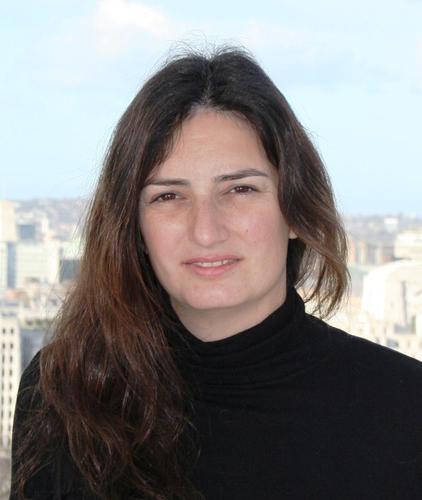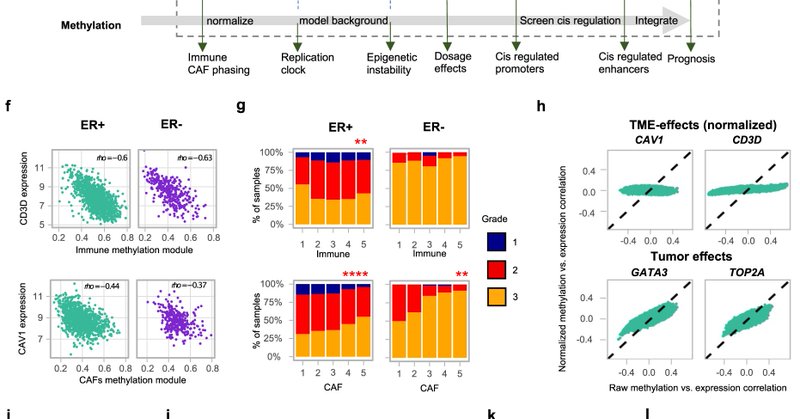
Netta Mendelson
@NettaMendelson
Followers
51
Following
11
Media
13
Statuses
29
Joined December 2012
More stuff in the paper itself! Thanks to Gabi Barbash, @aviezer_l @ramijaschek @EhudR4 @RanBalicer @LiranShlush, and everybody in the Amos Tanay lab at Weizmann. (17/17).
0
1
2
New paper from the Tanay lab on longevity is out today in @NatureAging! We employ machine learning to tackle a classical question: What makes some people live long, healthy lives, other than the fact that they are not sick with any chronic disease? (1/17).
3
9
22
RT @aviezer_l: So it took a lot of time – but finally our comprehensive paper on breast cancer epigenetics is out! It is a joint work of th….
nature.com
Nature Communications - Understanding the molecular mechanisms underlying DNA methylation in cancer and its clinical relevance remains crucial. Here, the authors study RRBS-based profiles of 1538...
0
41
0









